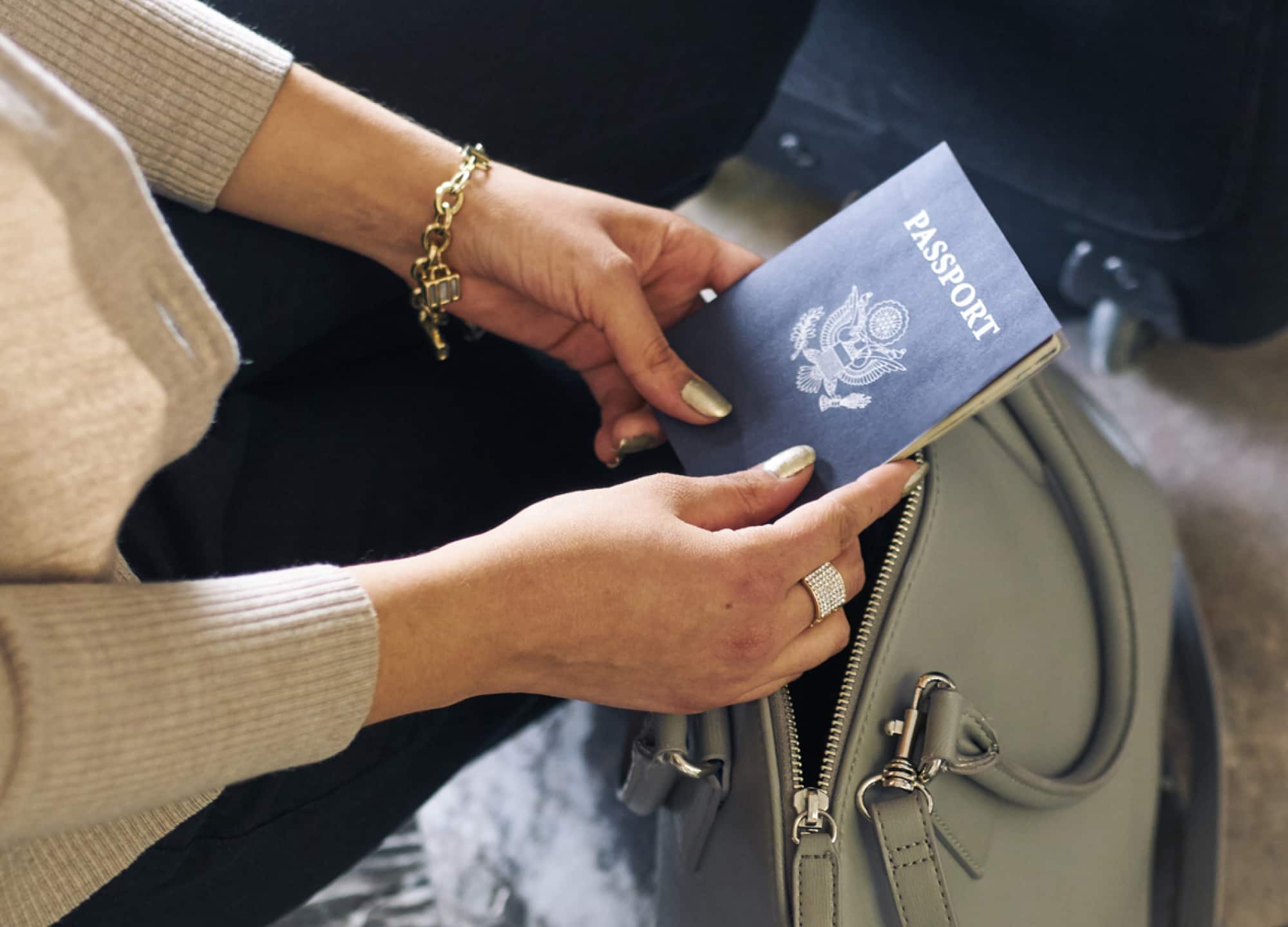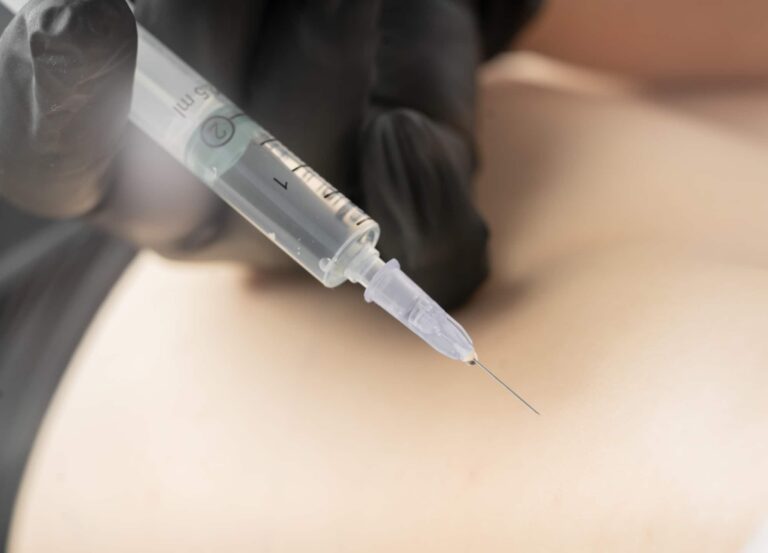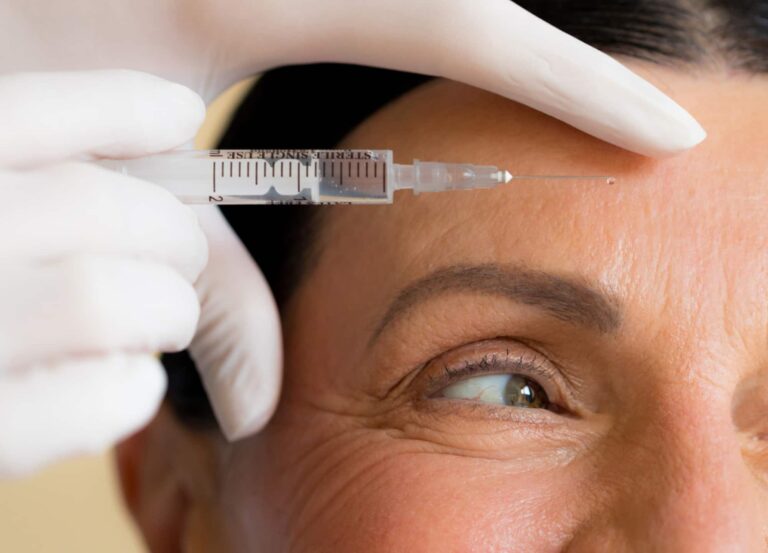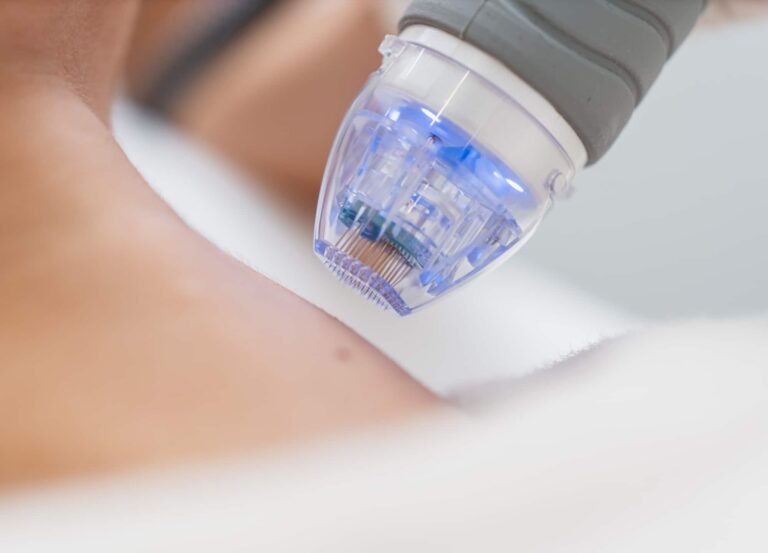If you’re looking beyond your local providers for plastic surgery, you’re not alone: millions of people travel each year for procedures ranging from fertility treatments and dental care to cosmetic surgery, according to the Centers for Disease Control and Prevention.
While cost may be a factor, another common reason is that a regional (versus local) provider may come with more experience. (In fact, a 2020 review found that the majority of patients are willing to travel long distances for elective procedures if it results in a lower risk.) To be clear, this is not a question of skill but quantity. Many patients “want someone who does the operation that they want all the time,” says Dr. Shahram Salemy, a board-certified plastic surgeon in Seattle. “Just given the volume and the size of [smaller] towns, it may not be as possible to do, say, 350 breast augmentations a year, like we do.”
While this is by no means a comprehensive guide, traveling for surgery, whether within, to, or outside the United States, can require more consideration and careful planning than your average appointment. With that in mind, surgeons share a few of the most important things to keep in mind when you’re planning your procedure.
If you’re traveling within the U.S.
Set aside time for recovery
Even if you’re staying stateside, it’s important to give yourself enough time to recover near your surgeon. Even if it seems like a less invasive procedure that would only require a weekend away, that’s not always the case. “Occasionally, that may be okay if it’s a short flight, you have lots of support, and it’s a simple operation,” says Dr. Salemy. “But the more complex it is or the further you have to travel, the more likely it is that the surgeon is going to want you to stay locally longer.” That’s because if a complication occurs early after surgery, it can be difficult for a patient to get immediate care in their local vicinity, especially if they’re coming from a more rural area.
The exception? If you’re traveling within the same region—and assuming that you’re getting a less complex procedure, such as buccal fat removal—there’s a chance you’ll be able to fly in and out the same day. “[With some procedures,] I know that the patients can fly comfortably without any discomfort. Why? Because the numbing medication that I apply usually lasts for about 7 to 10 hours,” says Dr. John Mesa, a board-certified plastic surgeon who practices in New York, New Jersey, and Florida. “So when they’re flying, they’re not in pain.” And in the event that a patient does get uncomfortable, he preemptively provides them with an over-the-counter pain-relief medicine, such as Tylenol.
Enlist a friend or family member
Expect to enlist a caregiver to travel with you. “That person is going to help with your traveling, carry your bags, get you to and from your appointments, take care of you after surgery, and get you back home—those kinds of things,” says Dr. Salemy, who stresses that it needs to be someone reliable. Often, this is a spouse, a close friend, or another family member—and while your surgeon may not ask for confirmation that you have someone on board, it’s essential for a safe recovery.
If you’re traveling outside the U.S.
Do your research
While this should be a given wherever you plan to get surgery, it’s especially important to research your international surgeon and ensure they have the right credentials. “If you’re going overseas, you want to figure out what their board system is,” says Dr. Salemy; these boards oversee patient safety and license doctors to practice. Some plastic surgeons outside the U.S. are even board-certified by the American Board of Plastic Surgery; you can find a directory at the American Society of Plastic Surgeons. You can also check whether they’re a member of the International Society of Aesthetic Plastic Surgery, which requires board certification (or the equivalent), a proven safety record, and good standing with the national plastic surgery organization in which they practice, among other standards.
Fill medications before flying
Dr. Mesa advises patients to fill prescriptions for certain medications at their local pharmacy before they travel. That way, “they can get [the meds] with their insurance,” he says. And while that applies when you’re traveling within the U.S., it may be even more important if you’re flying internationally, since it might be trickier to get the medication in question at all, not to mention coverage for it. (For patients traveling to him at one of his practices, he works with a local pharmacy that delivers medications directly to his office.)
Check the travel advisory rating
Not only should you research your surgeon for safety, but you should do the same for the destination country too. The U.S. has four advisory levels; level 3 (reconsider travel) and level 4 (do not travel) are indicators that you should postpone or rethink surgery or even consider going to a different country. Since the levels may change with short notice, it’s worth keeping an eye on them as you get closer to your departure date.
If you’re traveling into the U.S.
Consider arriving early
For certain procedures, plan to fly in two or three days before your appointment. A facelift is one for which Dr. Mesa requires an earlier arrival, especially if you’re taking a long-haul flight to the U.S. “A facelift is a big surgery—it takes a lot of hours, and we don’t want to reschedule a big facelift case at the last minute,” he says. A flight delay could upend your surgeon’s schedule, throwing off your travel plans in the process.
Expect more paperwork to prep
While this depends on the practice, you might need to anticipate extra preparation ahead of surgery in the U.S. “Patients have to meet with either my nurse or one of my assistants, who does a phone call via WhatsApp, regular phone call, or Zoom to go over the instructions,” says Dr. Mesa. “Then we email them the instructions and ask them to read the instructions back when they’re explained—so there are no questions about what should be done before or after surgery, before they arrive.”
Arrange some sightseeing
If you’re heading to a major city, like New York City or San Francisco, for your procedure, you might want to plan activities to make the most of your journey. “Any surgery that doesn’t involve the eyelids doesn’t interfere with the patient’s normal activities,” says Dr. Mesa. “If it is, for example, buccal fat removal, patients get a little bit swollen, but that’s it.” He’ll recommend that people extend their trip, not only for recovery but also to sightsee, go out to eat, or see a play. Even if you have a compression garment, “you can put a scarf around and be done,” he says.
RealSelf Destination Doctor program
If you’re interested in traveling for plastic surgery, be it to see your dream surgeon or because you want to build it into a larger trip, RealSelf now offers the Destination Doctor filter when you’re searching for a provider. The new profile badge makes it easy for travelers to identify whether a doctor provides travel support before a procedure as well as post-op planning—giving you more peace of mind, wherever you get surgery.
The first 50 RealSelf providers who joined the Destination Doctor program and offer support to traveling patients
| Doctor | Specialty | Location |
| Dr. Vivek Bansal | Plastic Surgeon | Danville, California |
| Dr. Robert Cohen | Plastic Surgeon | Beverly Hills, California |
| Dr. Melanie Malone | Facial Plastic Surgeon | La Jolla, California |
| Dr. Ryan A. Stanton | Plastic Surgeon | Beverly Hills, California |
| Dr. Meegan Gruber | Plastic Surgeon | Tampa, Florida |
| Dr. David Rankin | Plastic Surgeon | Jupiter, Florida |
| Dr. Donald R. Revis Jr. | Plastic Surgeon | Fort Lauderdale, Florida |
| Dr. Thomas Su | Physician | Tampa, Florida |
| Dr. Luke J. Curtsinger | Plastic Surgeon | Savannah, Georgia |
| Dr. Farhan Malik | Physician | Alpharetta, Georgia |
| Dr. Benjamin Caughlin | Facial Plastic Surgeon | Chicago, Illinois |
| Dr. John A. Kotis | Plastic Surgeon | Arlington Heights, Illinois |
| Dr. Thomas A. Mustoe | Plastic Surgeon | Chicago, Illinois |
| Dr. Sam Speron | Plastic Surgeon | Niles, Illinois |
| Dr. Lane Smith | Plastic Surgeon | Las Vegas, Nevada |
| Dr. Samuel Rhee | Plastic Surgeon | Paramus, New Jersey |
| Dr. Samir Undavia | Facial Plastic Surgeon | Marlton, New Jersey |
| Dr. Kaveh Alizadeh | Plastic Surgeon | Jericho, New York |
| Dr. Stephen T. Greenberg | Plastic Surgeon | Woodbury, New York |
| Dr. John Mesa | Plastic Surgeon | New York, New York |
| Dr. Christine M. Shaver | Dermatologist | New York, New York |
| Dr. Darren Smith | Plastic Surgeon | New York, New York |
| Dr. Jimmy C. Sung | Plastic Surgeon | New York, New York |
| Dr. David Tauber | Plastic Surgeon | Albany, New York |
| Dr. Keith C. Neaman | Plastic Surgeon | Salem, Oregon |
| Dr. Anthony Farole | Oral & Maxillofacial Surgeon | Bala Cynwyd, Pennsylvania |
| Dr. James Fernau | Plastic Surgeon | Pittsburgh, Pennsylvania |
| Dr. Ram Kalus | Plastic Surgeon | Mount Pleasant, South Carolina |
| Dr. Chad Deal | General Surgeon | Chattanooga, Tennessee |
| Dr. Vincent Gardner | Board Certified General Surgeon | Chattanooga, Tennessee |
| Dr. Michael S. Kluska | Plastic Surgeon | Chattanooga, Tennessee |
| Dr. Esteban Marten | Plastic Surgeon | Nashville, Tennessee |
| Dr. George Shashoua | Plastic Surgeon | Austin, Texas |
| Dr. Robert Whitfield | Plastic Surgeon | Austin, Texas |
| Dr. Robert N. Young | Plastic Surgeon | San Antonio, Texas |
| Dr. Hakim Said | Plastic Surgeon | Seattle, Washington |
| Dr. Javier Rossi | Plastic Surgeon | Buenos Aires, Argentina |
| Dr. Juan Guillermo Breton | Physician | Antioquia, Colombia |
| Dr. Alan Gonzalez | Plastic Surgeon | Barranquilla, Colombia |
| Dr. Luis Fernando Reyes | Plastic Surgeon | Bucaramanga, Colombia |
| Dr. Yily De Los Santos | Plastic Surgeon | Santo Domingo, Dominican Republic |
| Dr. George Mireas | Otolaryngologist | Athens, Greece |
| Dr. Rafael Arenas | Plastic Surgeon | Jalisco, Mexico |
| Dr. Rodolfo Castillo | Plastic Surgeon | Tijuana, Mexico |
| Dr. Callum Faris | Facial Plastic Surgeon | Amsterdam, Netherlands |
| Dr. Alexander Aslani | Plastic Surgeon | Marbella, Spain |
| Dr. Bora Ok | Plastic Surgeon | Istanbul, Turkey |
| Dr. Mehmet Bekir Sen | OB-GYN | Antalya, Turkey |
| Dr. Sedat Tatar | Plastic Surgeon | Istanbul, Turkey |
| Dr. Ebru Unal | OB-GYN | Istanbul, Turkey |











